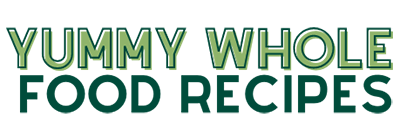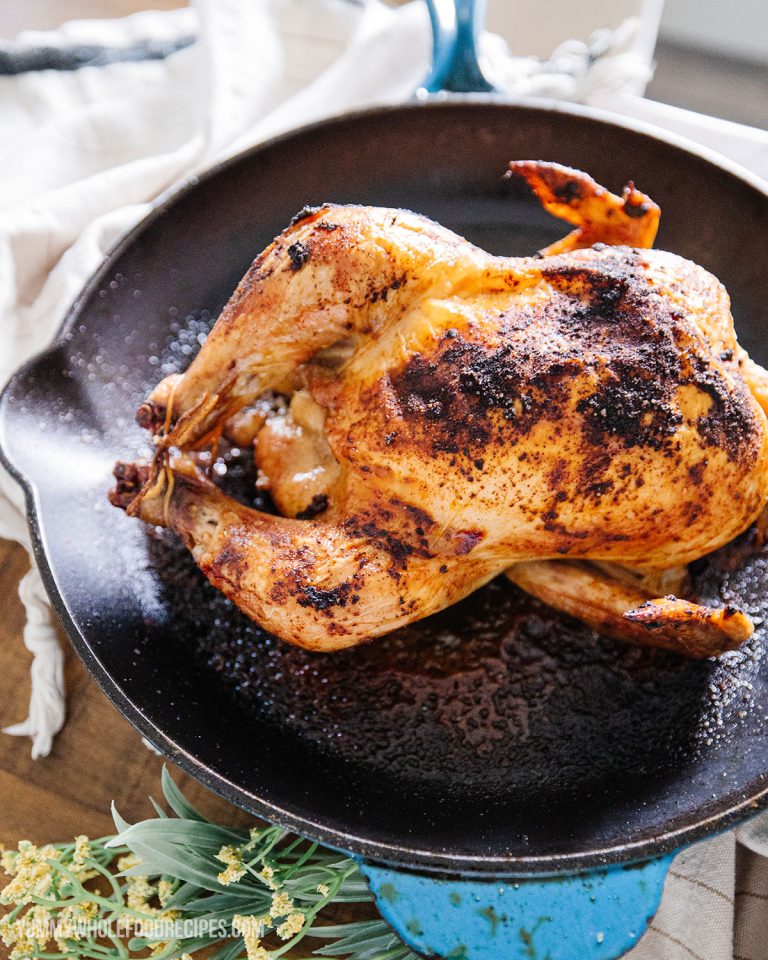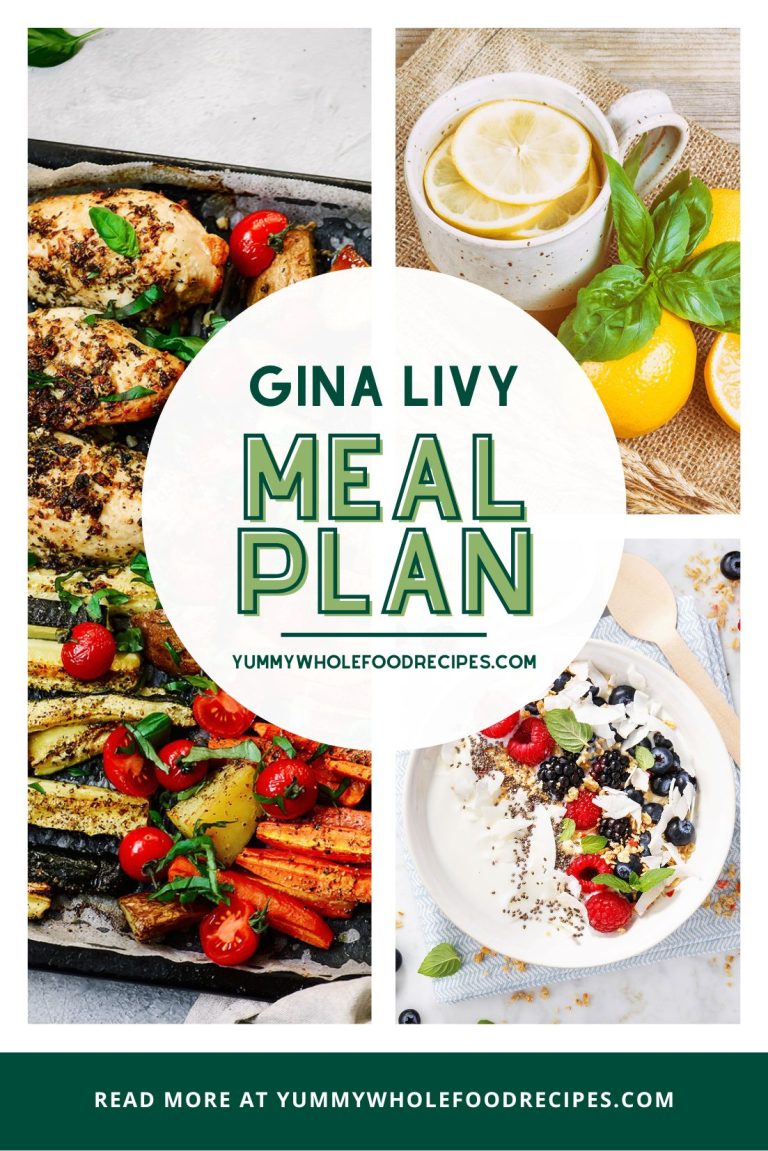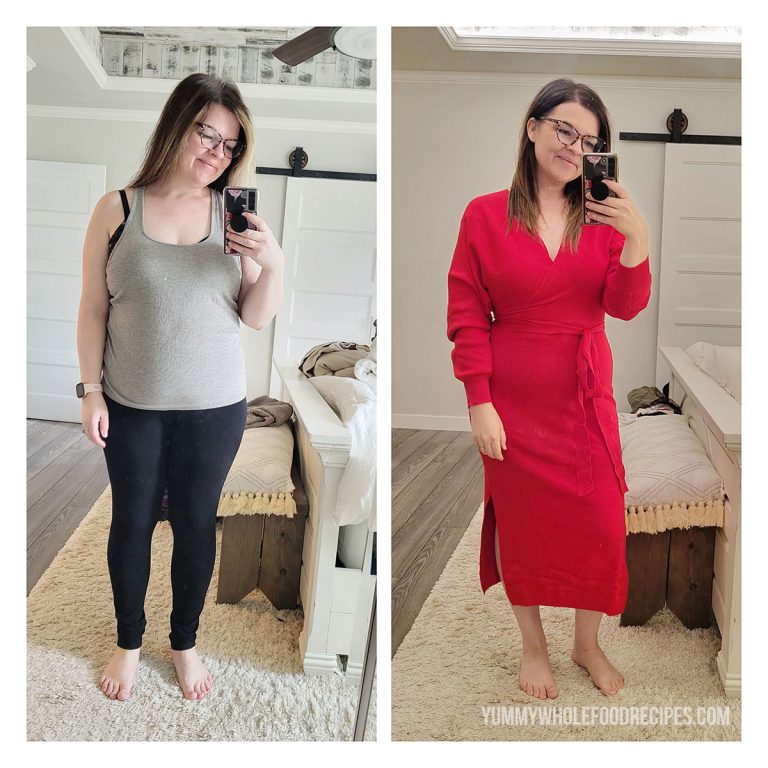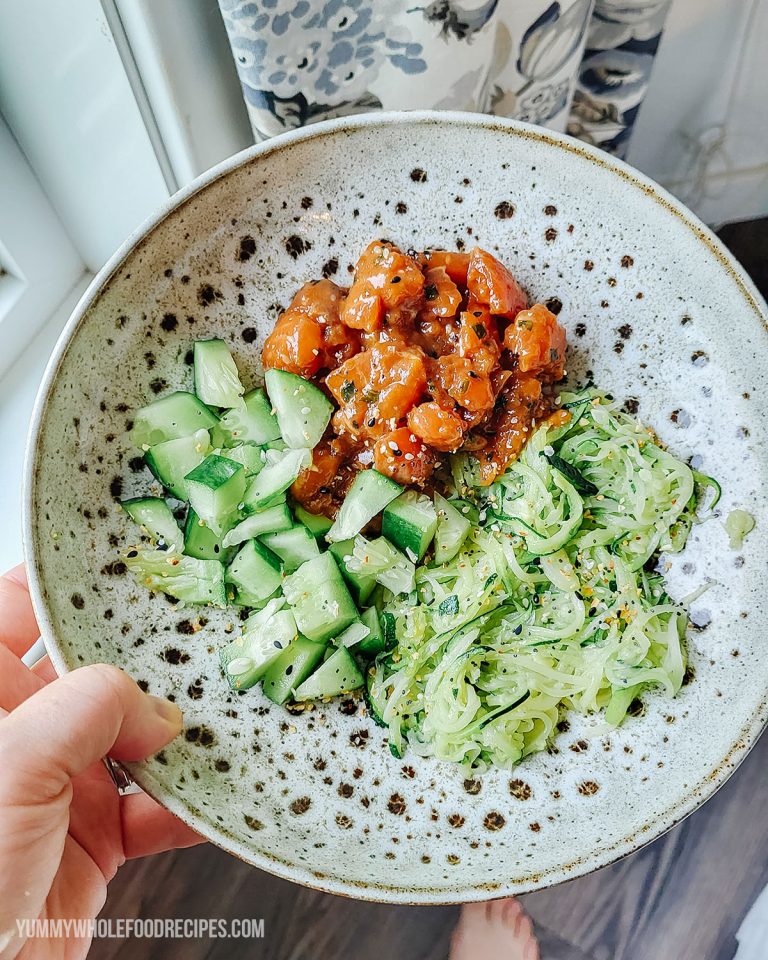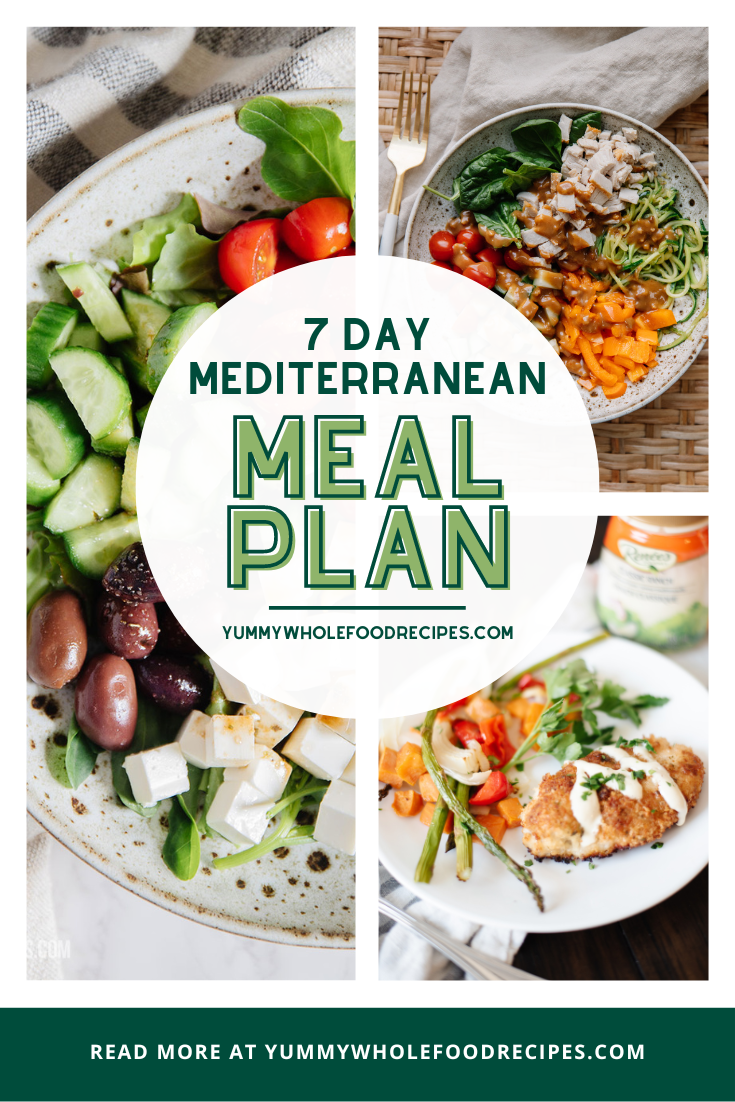What is a whole food diet? A beginner’s guide.
Welcome to your journey into the world of whole foods! What’s a whole food diet and how do you get started? Well, today I’m thrilled to guide you through what a whole food diet means and how it can transform your health and wellness.

I started eating a mostly whole food diet in April of 2022. Since then, my life and my health have changed for the better! The positive impact that whole food eating had on my life inspired me to start this blog. Let’s talk about a whole food diet, and how you can get started eating this way, too!
What is a whole food diet?
A whole food diet, also known as a whole foods diet, revolves around consuming foods in their natural form. It includes fresh fruits and vegetables, hearty whole grains like brown rice, lean proteins, nuts, seeds, olive oil, and legumes. Unlike fast food, these healthy foods are rich in essential nutrients, fiber, and antioxidants, providing a powerhouse of goodness for your body.
More examples of whole foods:
- Whole grains like…
- oats
- quinoa
- barley
- whole wheat
- Vegetables like…
- lettuce
- broccoli
- carrots
- sweet bell peppers
- sweet potato
- Fruits like…
- apples
- oranges
- lemons
- berries
- Meats like…
- chicken breast
- salmon
- Legumes, nuts and seeds like…
- chickpeas
- black beans
- almonds
- pecans
- chia seeds
- pumpkin seeds
- Dairy products like…
- milk
- yogurt
- cheese
- Eggs
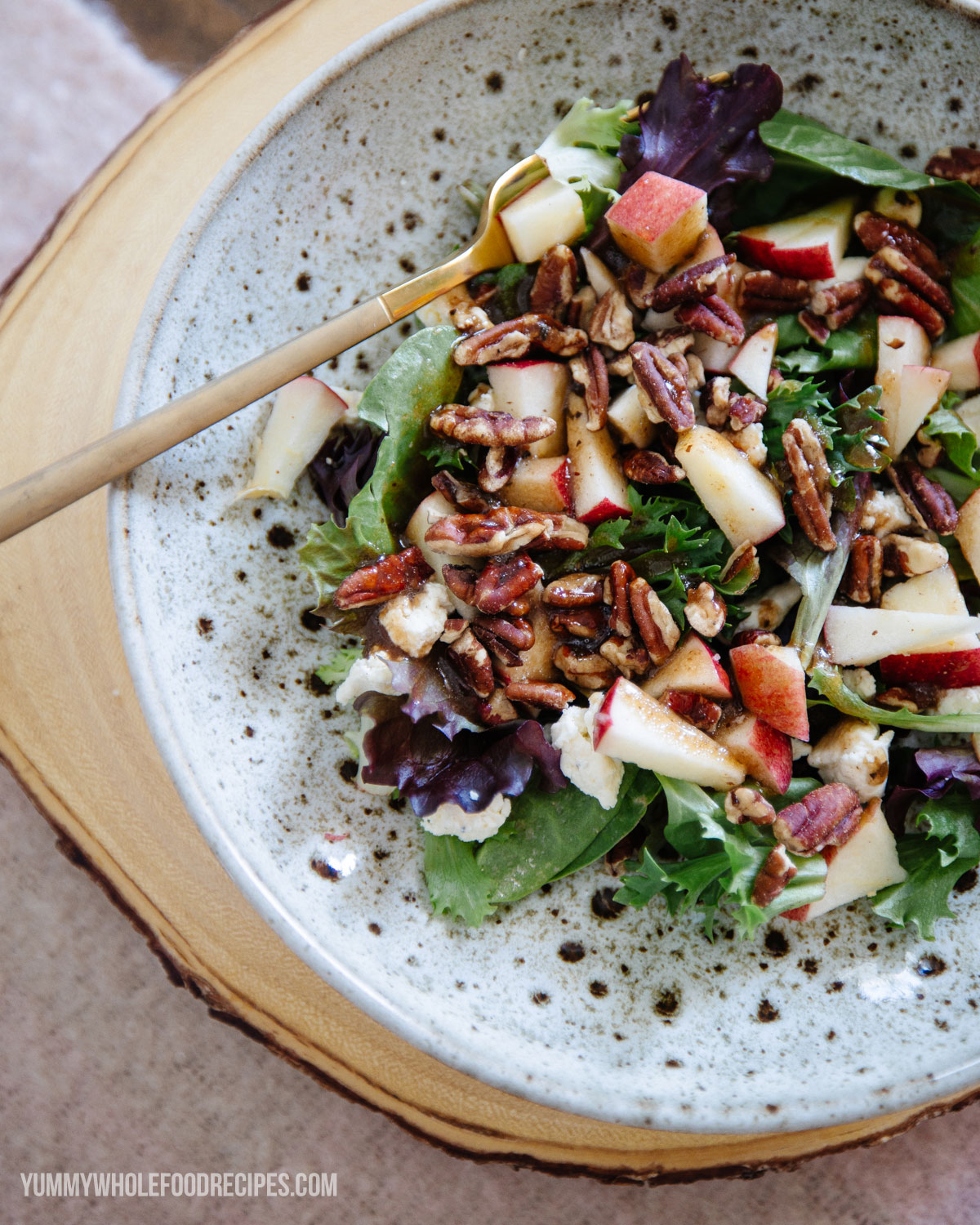
Benefits of a Whole Food Diet
One of the key benefits of adopting a whole food diet is its potential for weight loss and weight management. By focusing on nutrient-dense, low-calorie foods, you can naturally maintain a healthy weight while feeling satisfied and energized. Plus, the abundance of fiber helps promote feelings of fullness and supports digestive health.
But the benefits don’t stop there! I would know. Embracing a whole food diet has been linked to a reduced risk of chronic diseases, including cardiovascular disease, certain types of cancer, and diabetes. By nourishing your body with wholesome, nutrient-rich foods, you’re providing it with the fuel it needs to thrive and ward off health problems.
Focusing on a plant-based diet (or mostly plant-based diet) is a cornerstone of the whole food lifestyle. Plant-based foods are not only packed with vitamins, minerals, and antioxidants but also offer numerous health benefits. Studies have shown that diets rich in plant-based foods can lower cholesterol levels, reduce inflammation, and support overall heart health.
It’s Not About Depriving Yourself
Contrary to popular belief, a whole food diet isn’t about deprivation or strict rules. It’s about making informed choices that prioritize your health and well-being. This means steering clear of ultra-processed foods, which are often loaded with added sugars, unhealthy fats, and artificial additives. Instead, focus on whole, real foods with simple ingredient lists that you can find at your local grocery store.
By opting for whole foods over their processed counterparts, you’re not only nourishing your body but also supporting your immune system and cognitive function. Nutrient-rich foods such as leafy greens, citrus fruits, and nuts provide essential vitamins and minerals that help keep your immune system strong and your brain sharp.
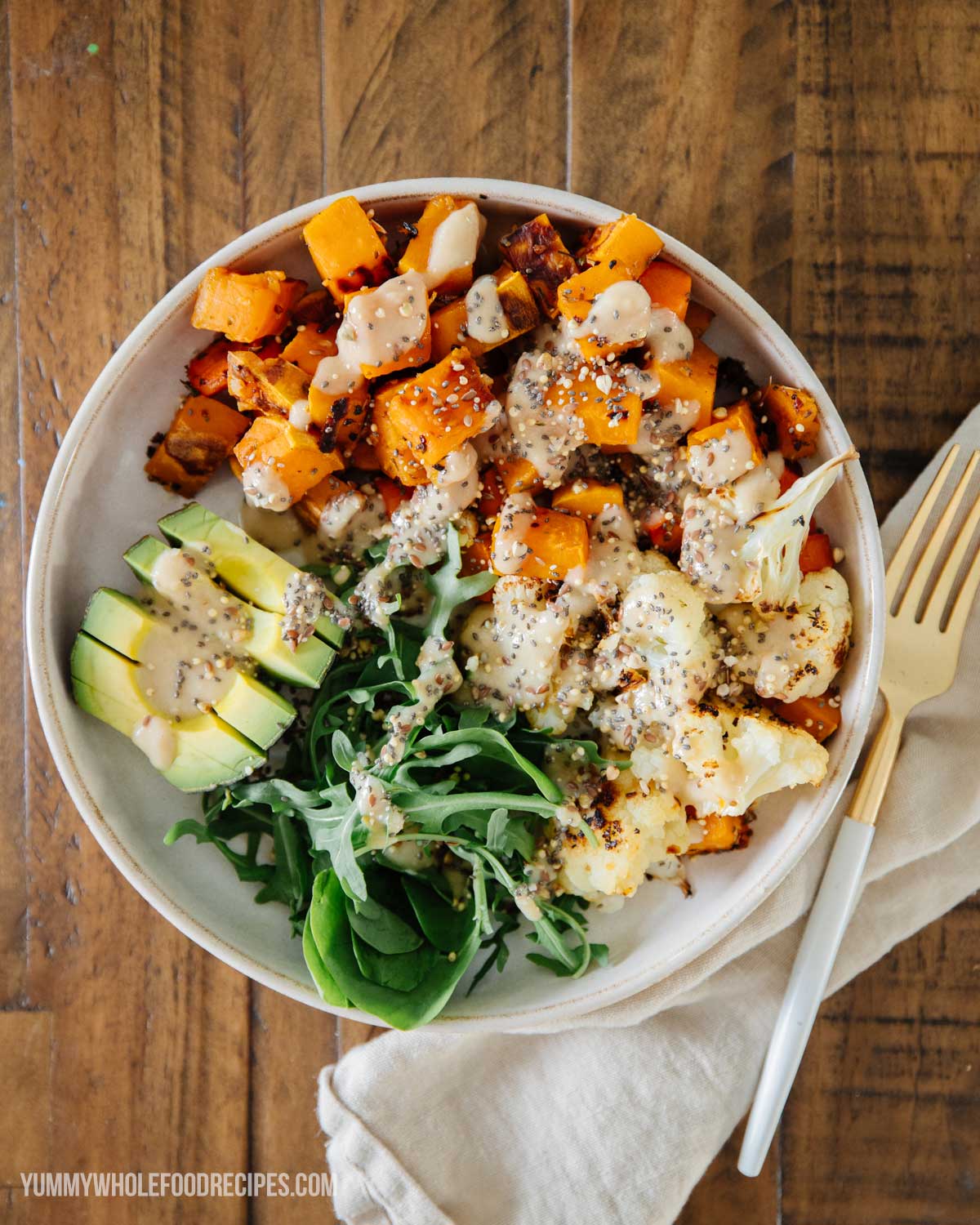
Mindful Eating is Key
Another essential aspect of a whole food diet is its emphasis on portion control. By choosing whole, unprocessed foods and practicing mindful eating, you can better regulate your calorie intake and maintain a healthy weight. This approach also helps prevent overeating and supports long-term weight management goals. It took me a while to stop my habits of finishing my plate of food even when I’m full, or eating out of boredom even if I wasn’t hungry. Now, I try to eat until I’m satisfied and that’s it!
Progress over Perfection
Incorporating whole foods into your diet doesn’t have to be complicated or overwhelming. Start by making small changes, such as swapping out white bread for whole grain varieties, incorporating more vegetables into your meals, and experimenting with new recipes featuring plant-based ingredients. On this blog, my hope is that you’ll feel motivated to try my simple, yummy whole food recipes!
As you begin your healthy whole foods journey, remember that it’s not about perfection but progress. Every step you take towards nourishing your body with wholesome, nutrient-rich foods brings you closer to your best-feeling body ever. And if you ever need guidance or support along the way, don’t hesitate to consult with a registered dietitian who can provide personalized advice tailored to your individual needs.
My approach to a whole food diet
I eat 80-90% whole foods, but I do still enjoy the occasional cookie, cake, candy or baked goods. I want to eat this way for the rest of my life because I feel great, but I also don’t want to fall into any sort of disordered eating pattern. For me, no food is off limits, but I know my body feels best when I’m consuming mostly whole foods!
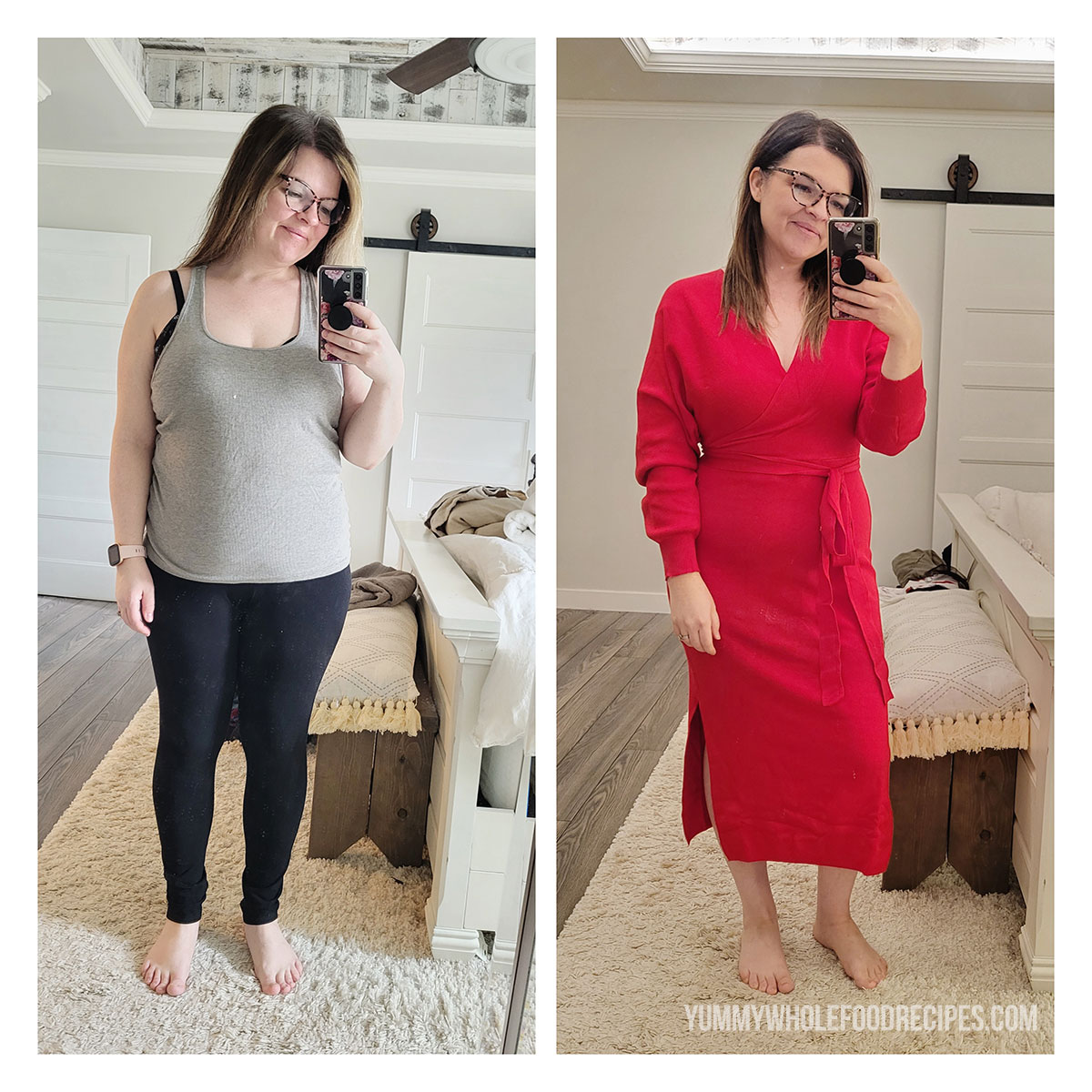
How a whole food diet changed my life
Once I started and maintained a mostly whole food diet that was plant-forward (yes, I still eat meat but I eat FAR more plants than I used to), I experienced the following:
- weight loss*
- clearer skin
- improved digestion
- improved thyroid function**
*Keep in mind that a whole food diet wasn’t the only thing that helped me lose weight. I attribute that to joining the Gina Livy program, which promotes not only a nutritious diet but stress reduction, more water intake, better sleep habits, and more. I highly recommend this program, and you can see all the details here. MINDSET and COMMUNITY via the Gina Livy program truly launched my whole health journey in 2022.
**based on my blood tests
How to get started eating whole foods
My journey into eating mostly whole foods started with my MINDSET. I was tired of feeling bloated and exhausted. If I didn’t start making some diet and lifestyle changes NOW, as I approached 40 years old, when WOULD I? And would it get any easier as I got older? (No!) Once I decided I wanted to FEEL BETTER and that NOW was a good time to start, I joined the Gina Livy program and thus began eating mostly whole foods. You don’t have to join this program to begin eating whole foods, but the community and easy-to-follow guidelines in this program certainly helped me stay accountable to this new way of life.
Here’s how I recommend starting a (mostly) whole food diet:
- Determine WHY you want to eat mostly whole foods. Is it to feel better? Is it to lose weight? Is it to set a good example for your kids? Is it to support your local farmers? Is it a combination? Write this down and refer to it often.
- Find a community that can keep you accountable. Whether it’s a community like the Gina Livy program or a group of friends on Facebook, surround yourself with a community of like-minded people that can support you – and then you can support yourself!
- Make a meal plan & a shopping list and stick to them. Creating a weekly meal plan and shopping list will help you only buy (mostly) healthy, whole foods that support your new way of living. Ever heard of shopping the perimeter of the grocery store and skipping the middle? This certainly helps (though I find I have to go to the middle aisles for staples like canned beans and whole grains). Here’s a basic whole food eating meal plan to help get you started.
So here’s to embracing the power of whole foods and nourishing your body from the inside out. Your health is the greatest gift you can give yourself, and a whole food way of life is a great way to honor and celebrate it. Let’s make some yummy whole food recipes together!
Sources:
- Lisa Young, PhD, RDN, author of Finally Full, Finally Slim: https://www.everydayhealth.com/diet-nutrition/whole-foods-diet/
